Mobile app monetization is one of the most crucial elements when designing a mobile app. After all, each developer’s final objective is to earn income from their software, not just to pay their expenditures but also to earn a profit. There are various methods to achieve this, but one of the application’s most popular and effective money streams is mobile in-app purchases.
Every year, the Mobile App Market has the potential to create billions of dollars in income.
Monetization Strategies for Mobile Apps: How to Monetize App?
The proper mobile app monetization strategy matches your target audience’s expectations. We propose you choose the income sources of an app before designing an app, so you can effortlessly embed it into the user experience.
By adopting the following app monetization tactics, you may generate money from an app without openly charging users:
-
Advertising in-app
Without charging upfront customers for installing an app, this monetization approach allows you to generate money utilizing Ads. You promote third-party customers or marketers’ goods or services and pay you in exchange.
All your app requires is a huge user base and adequate user behavioral data to deploy tailored advertising. One of the better instances of applications adopting the In-App Advertising strategy is Instagram, which delivered a predicted ad income of $20 billion in 2019.
-
Abonnements
Like advertising, it is also an in-trend mobile app monetization technique. The app (and parts of its content) is free to use here, but users need to acquire a subscription monthly or annually to access premium material or advanced features. Although this strategy is not regarded as a money-magnet, in the long term, it may drive billions.
-
Freemium In-App purchases
Using your mobile app is the ideal app monetization technique if you want to earn billions.
Here, you provide your software free of charge, allowing users to buy a broad selection of virtual items inside the app. These may be anything – gaming cash, other lives, or premium app content.
Although generally gaming applications employ this monetization strategy, it is also common in non-game apps these days. One of the applications adopting this business approach is Tinder, the world’s highest-grossing 2019 non-game app.
Check: App developers India
What exactly is In-App purchasing mean?
While in-app purchases may appear easy-to-use at first appearance, they take numerous forms in a mobile app and are often difficult to execute. In addition, IAP or in-app purchases enable customers to buy different sorts of virtual objects in your program. These aspects might be other lives to continue playing a game, additional functionality, or accessing premium app content.
The points below explain numerous IAP forms:
- Create a highly addicting gaming app and let users pay different lives, game cash, cosmetic skins, or moves to monetize your game app. Several well-known games like PUBG, Clash of Clans, and COD exploit this economic model, earning millions.
- Apply for free and charge a fee for enhanced features or premium app content. For example, Tinder allows you to purchase in-app swipes to better the app experience.
- Offer a free trial period and allow consumers to access the full versions by paying a charge. For example, Netflix has a one-month free membership option, then monthly and annual fees.
Mobile games’ broad popularity with in-app purchases like PUBG motivates fledgling businesses to use in-app purchases in their applications. A simple, scalable, and adaptable approach to app monetization with the profitable potential of making millions.
The In-App Business Model Pros
Below are some of the advantages of monetizing mobile applications using freemium app purchases:
-
Improves user experience
In-app purchases make your software more user-friendly. For example, in games like Pokémon Go, you need consumables like lucky eggs or poke balls to speed up your game quicker. Although a new level may be reached without these things, buying makes it considerably more straightforward.
-
Free applications attract more users
If you want to earn money, keeping a considerable user base connected with your app is vital, and the freemium model enables you to achieve so effortlessly. “Free” draws customers and keeps your app download trajectory high.
If freemium software finds the proper mix between paid and free offers, it frequently leads to a more extensive user base, app downloads, and better income.
-
Generates high revenues
The profit margin is often large with this company strategy. In addition, buying in-app virtual items leads to deeper app engagement, and users grow hooked to premium aspects of the app.
5 Lift Your In-App Purchases
- Analyze user behavior and target right.
- Create fear of failure.
- Use in-app messages for in-app purchases.
- Use email and push to increase sales.
- Set your pricing.
Wrapping up
While there is no sure-shot approach for users to buy anything or drive in-app sales, the strategies may assist in developing an efficient approach. First, make sure your strategy is based on behavioral data from your clients and company objectives. Furthermore, consider consulting with the mobile app development company.
Any queries? Feel free to fill our contact form to get a free consultation from our experts.
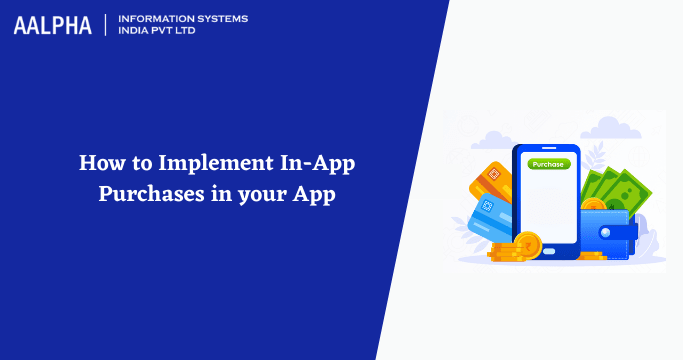
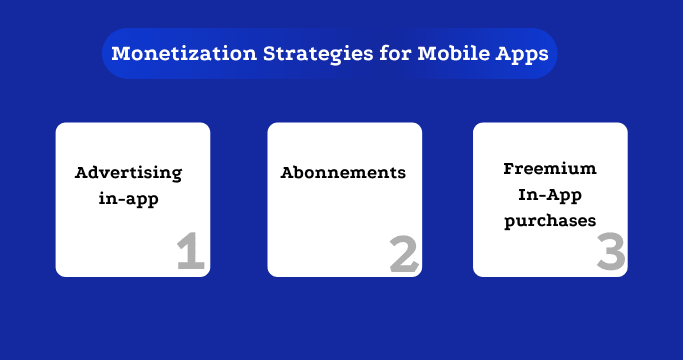
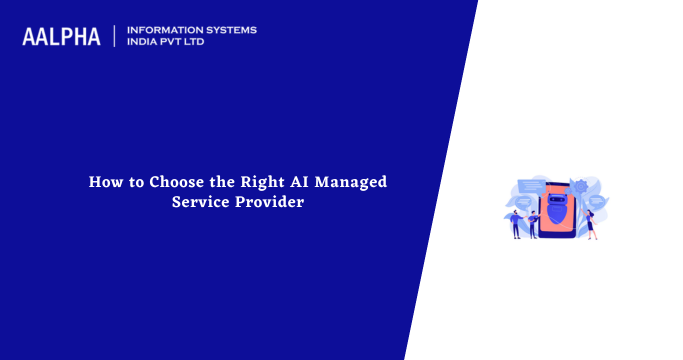
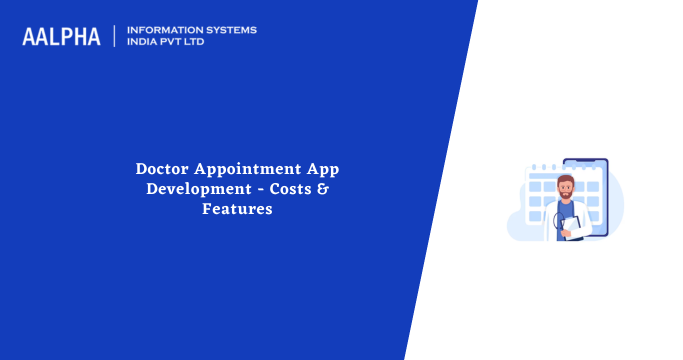
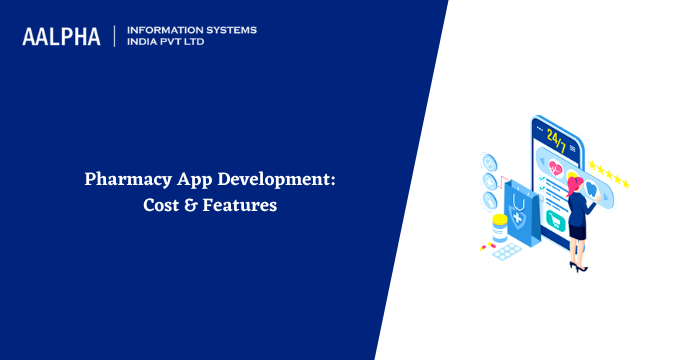
Share This Article:
Written by:
Muzammil K
Muzammil K is the Marketing Manager at Aalpha Information Systems, where he leads marketing efforts to drive business growth. With a passion for marketing strategy and a commitment to results, he's dedicated to helping the company succeed in the ever-changing digital landscape.
Muzammil K is the Marketing Manager at Aalpha Information Systems, where he leads marketing efforts to drive business growth. With a passion for marketing strategy and a commitment to results, he's dedicated to helping the company succeed in the ever-changing digital landscape.